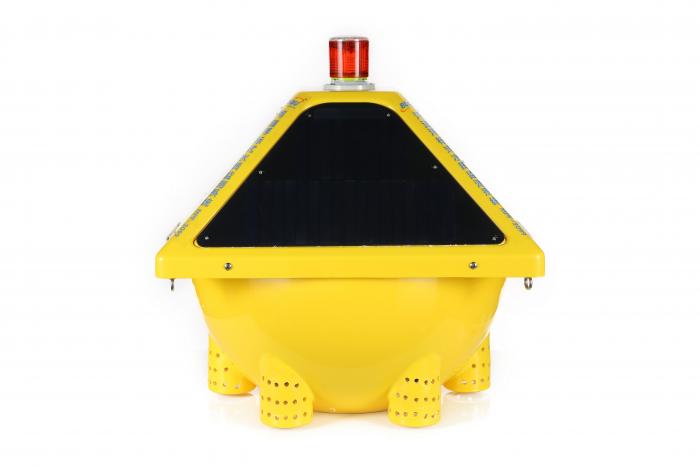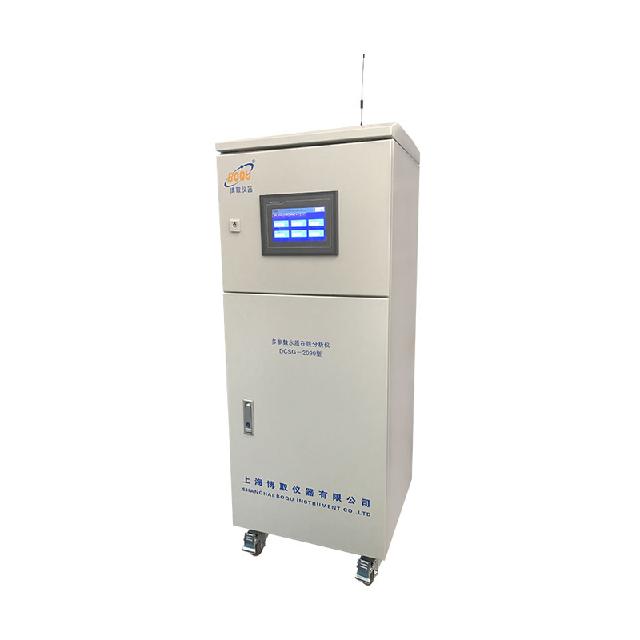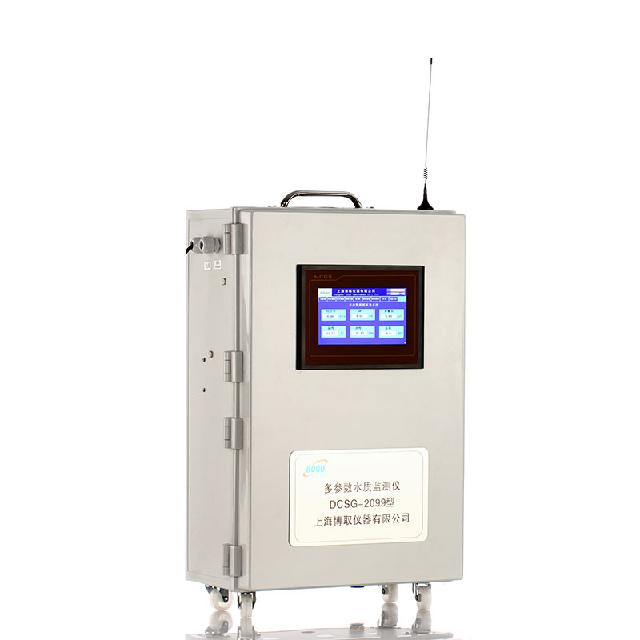| Name: | TMnG-3061 Total Manganese Online Automatic Analyzer |
|---|---|
| Measuring range: | 0.00-5.00 mg/L |
| Accuracy: | ≤±10% when ≥0.2 mg/L; ≤ ±0.02 mg/L when <0.2 mg/L |
| Repeatability: | ≤±5% |
| Output: | 4~20mA(2 channel), RS232, RS485 |
| Power supply: | AC220±10% V, 50±10% Hz, 5A |
Method basis: potassium periodate method spectrophotometry
Measuring range: 0.00-5.00 mg/L
Accuracy: ≤±10% when ≥0.2 mg/L;
When <0.2 mg/L, ≤±0.02 mg/L.
Repeatability: ≤±5%;
Stability: ≤±10% within 24h;
Measurement period: the minimum measurement period is 30 minutes, the color rendering time can be modified arbitrarily within 5~120min
Sampling period: time interval (10~9999min arbitrarily adjustable) and whole point measurement mode;
Calibration cycle: adjustable at any interval from 1 to 99 days;
Output: 4~20mA (2 channels) RS232, RS485;
Environmental requirements: Indoors with adjustable temperature, recommended temperature +5~28℃; humidity ≤90% (no condensation);
Power source: AC220±10% V, 50±10% Hz, 5A;
Dimensions: 1570×500 ×450 (mm)
After the water sample is digested by the oxidant at high temperature, it forms a colored complex with the developer after cooling. The analyzer detects the color change and converts this change into the total manganese value for output. The amount of colored complex formed is equivalent to the total manganese.
The total manganese online automatic analyzer is an optical heavy metal online analyzer designed in accordance with national environmental protection standards. It is applied to the simultaneous online analysis of multiple heavy metal elements in surface water, industrial process water and industrial wastewater.
1. Sampling inspection of large watershed environment.
2. Practical use by laboratory researchers.
3. Monitoring of fishery breeding and breeding environment.
4. Monitoring of sewage outlets of sewage plants.
5. Rivers, lakes, streams, etc.




